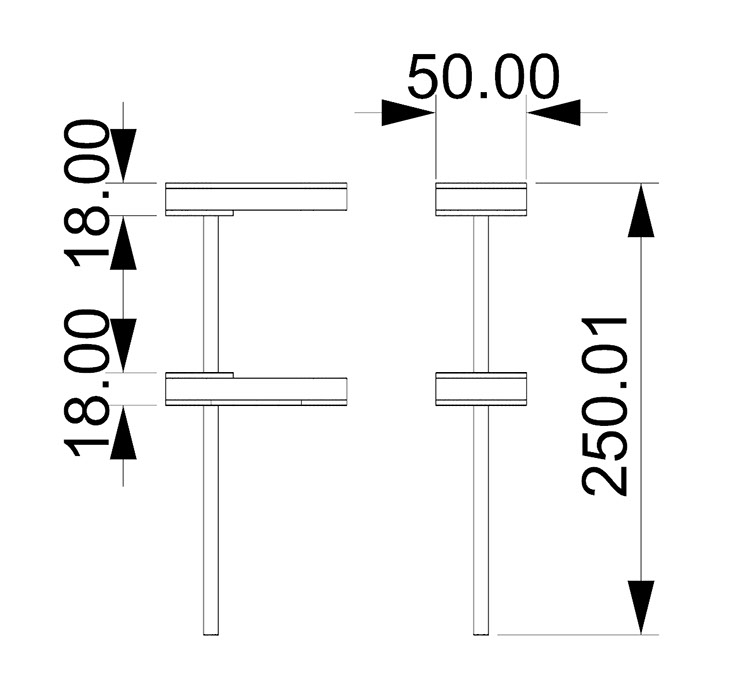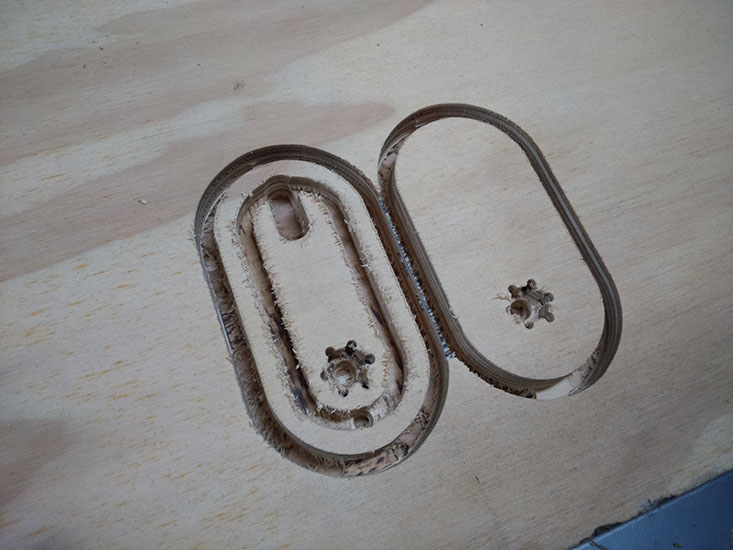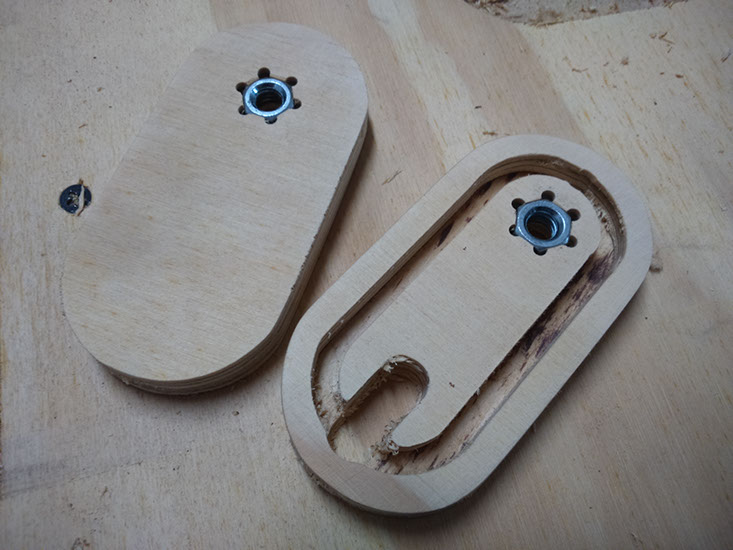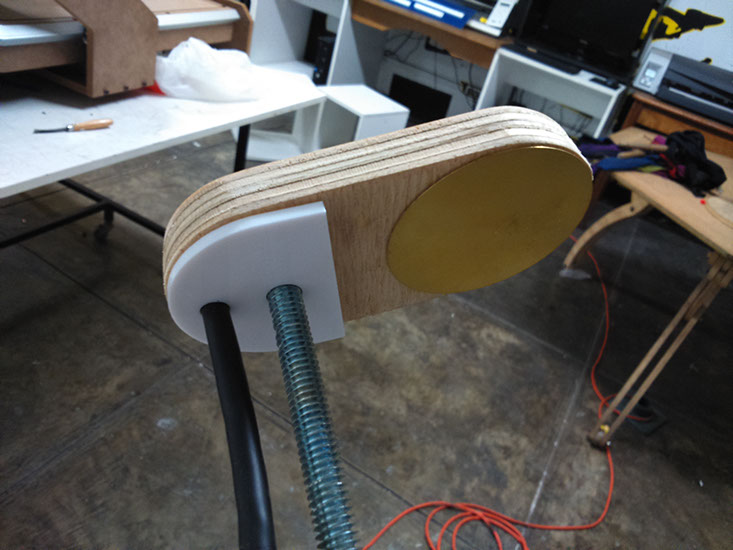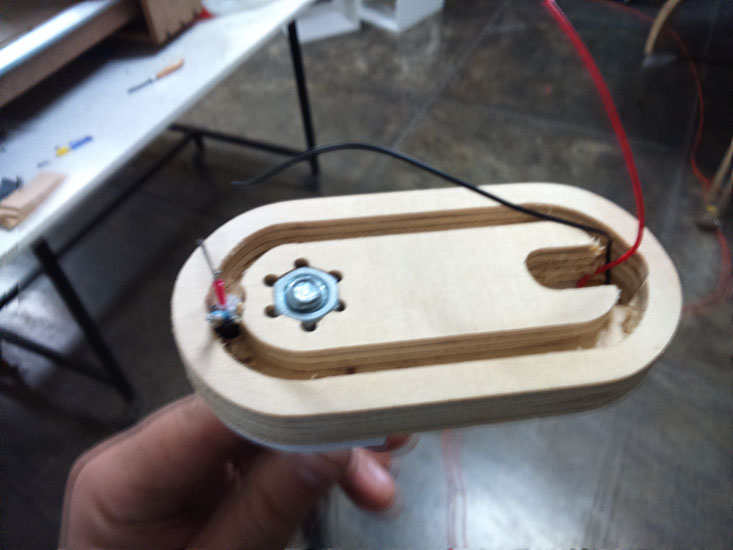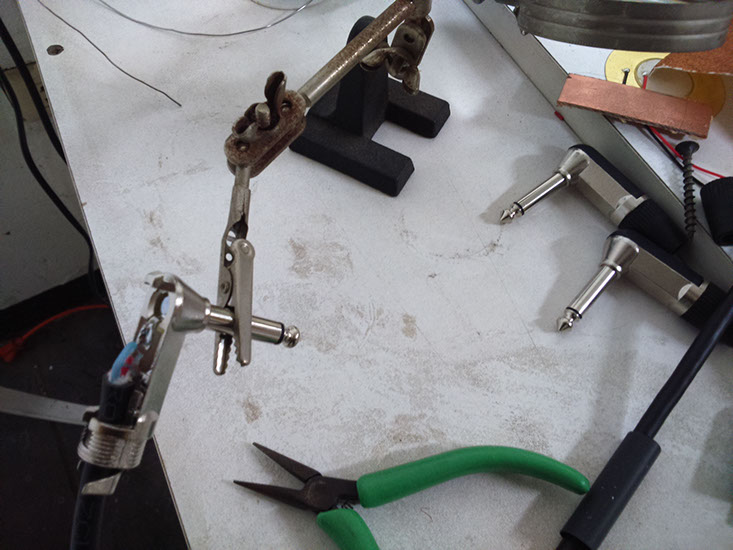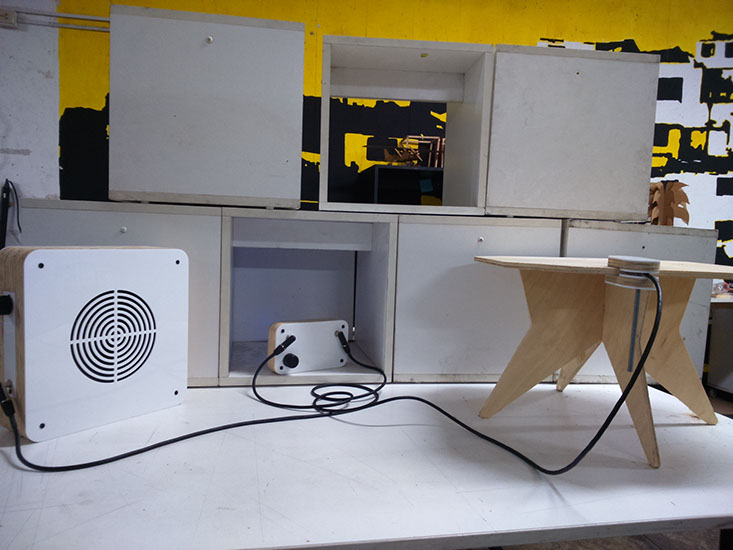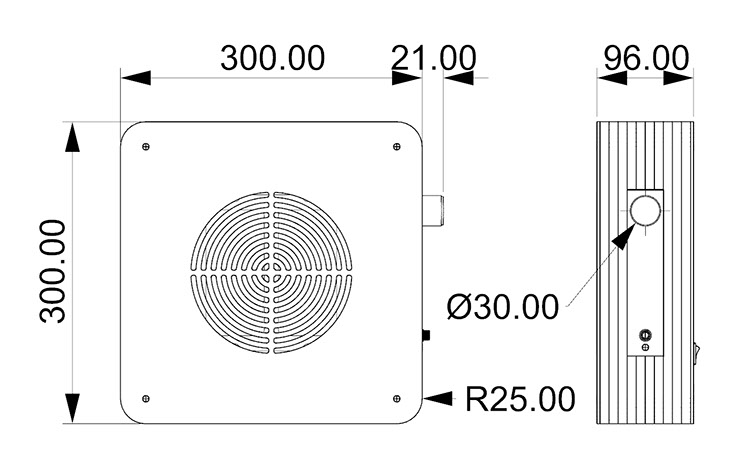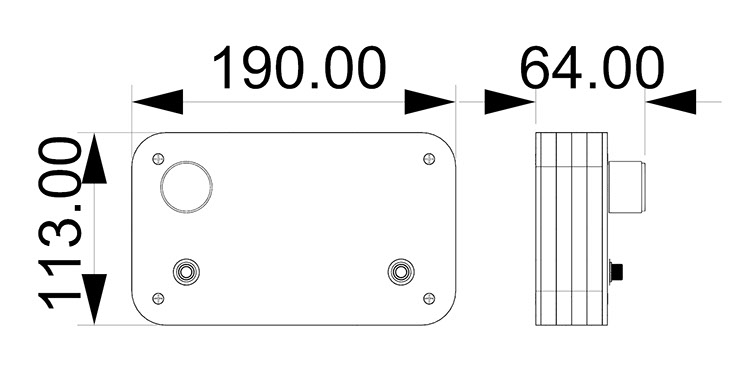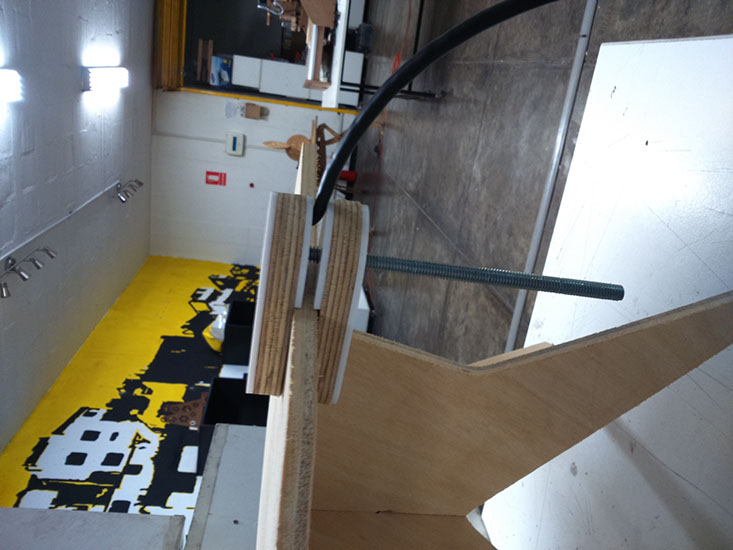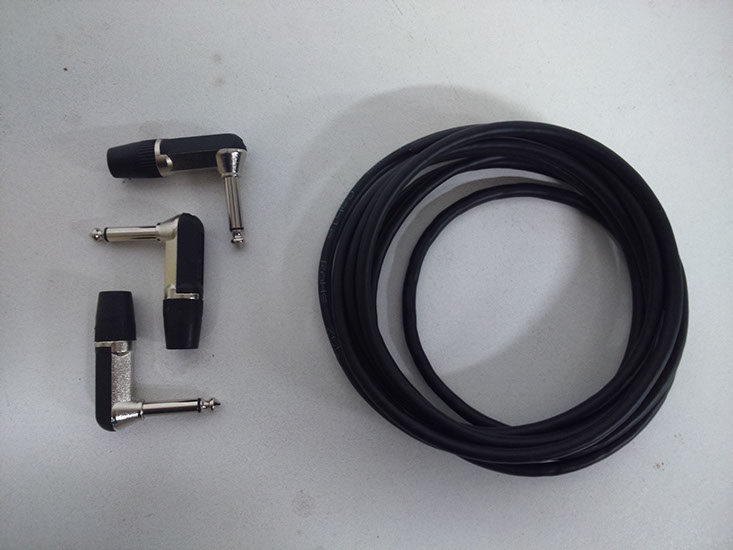
HOME
ASSIGMENTS
CONTACT
DOWNLOAD FILES
FINAL
PROJECT
Project Development
RUQYA is an analog interface that consists of two modules, one with an initial percussion or piezoelectric sensor connected to a signal modulator for converting information into tones, then a second module as signal amplification, the goal is to develop a creative tool where you can hear the sound of things.
This tool can be applied not only in the playful and experimental field, but also in research and development of multisensory communication and identification tests for children with special abilities.

The Amplifier
The amplifier is composed of a hard shell made of 9 pieces of plywood of 9mm thick glued to ensure the soundboard , these were cut into Shopbot , it also has two caps acrylic of 3 mm thick and a small mask for the knob volume and audio input.
The electronics is a small 10W power amplifier using a TDA 2002 , the plate was milled in Roland Modela .
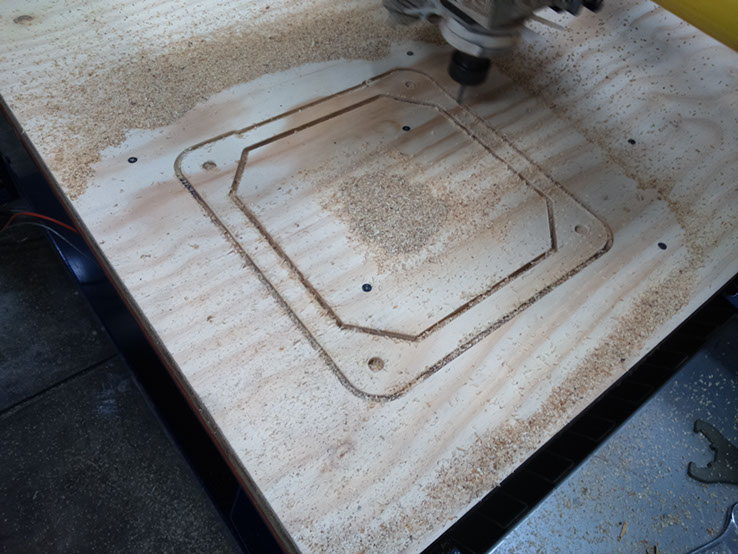
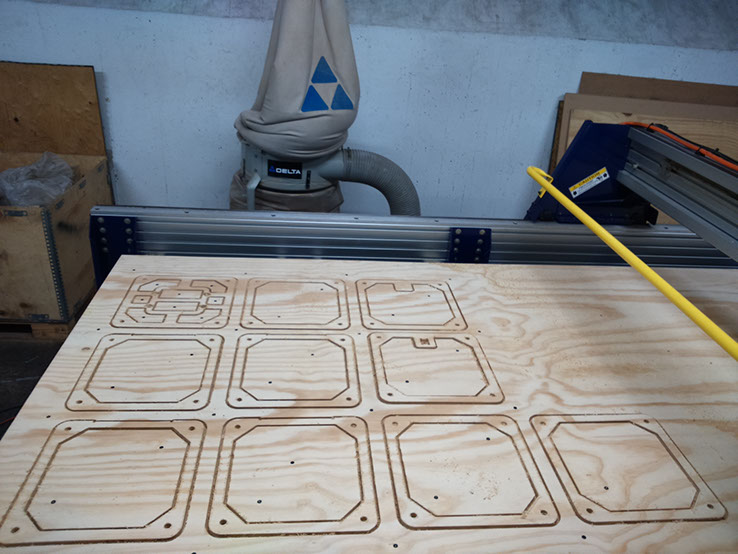
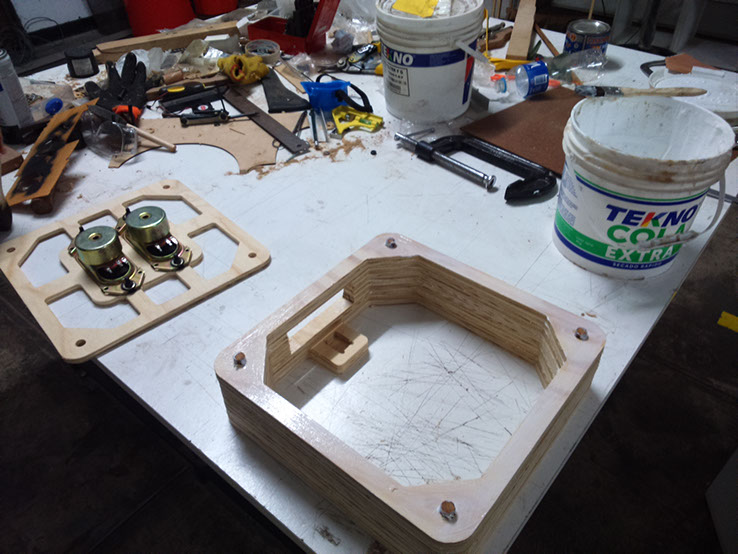
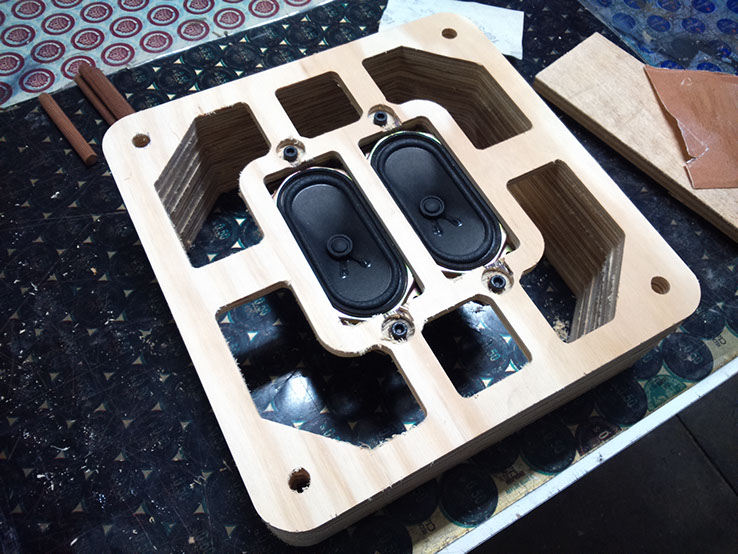
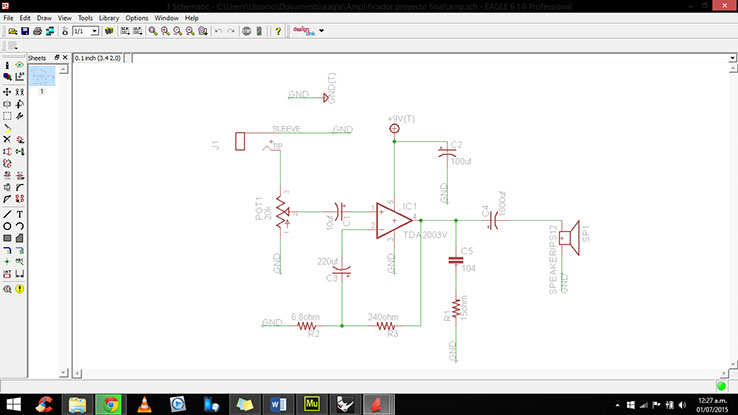
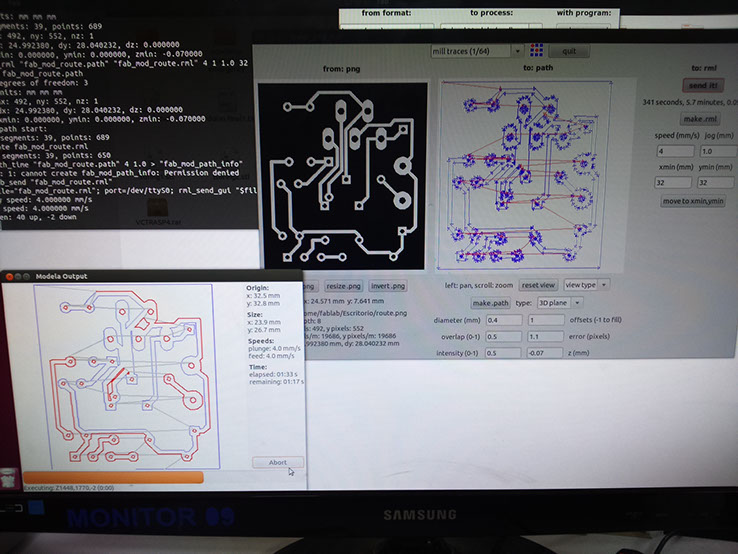
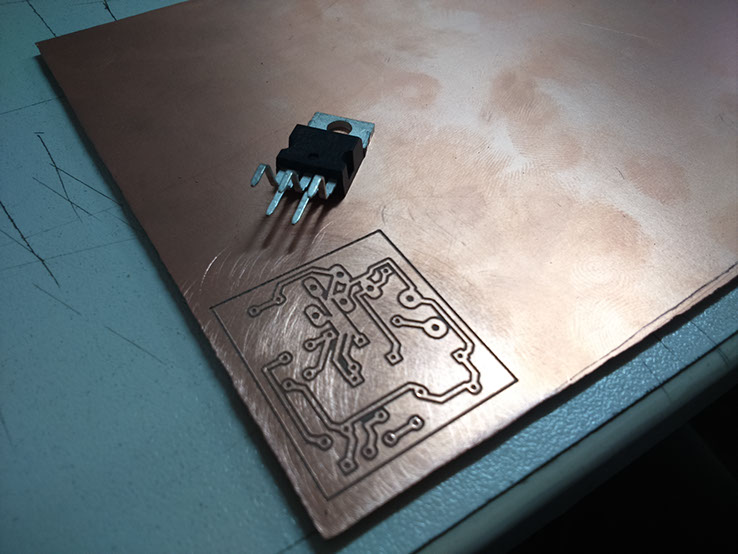
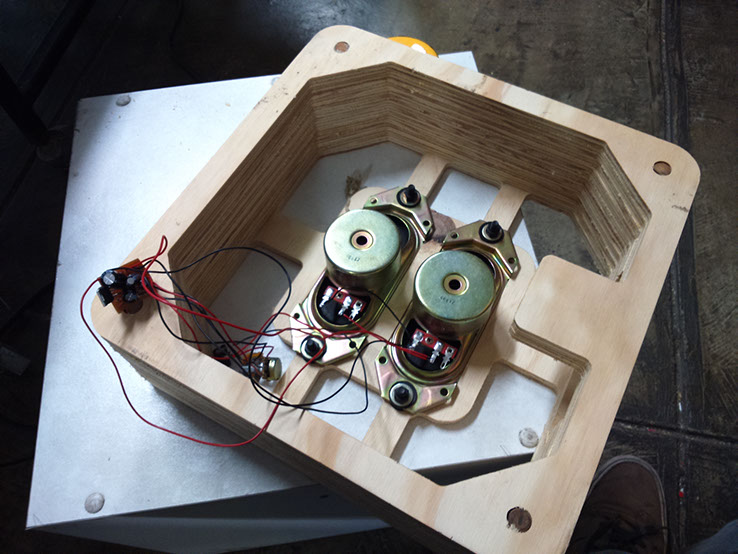
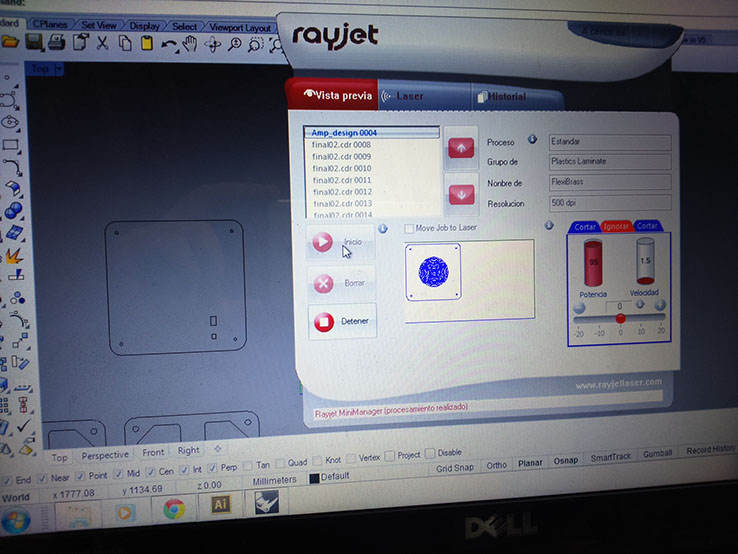
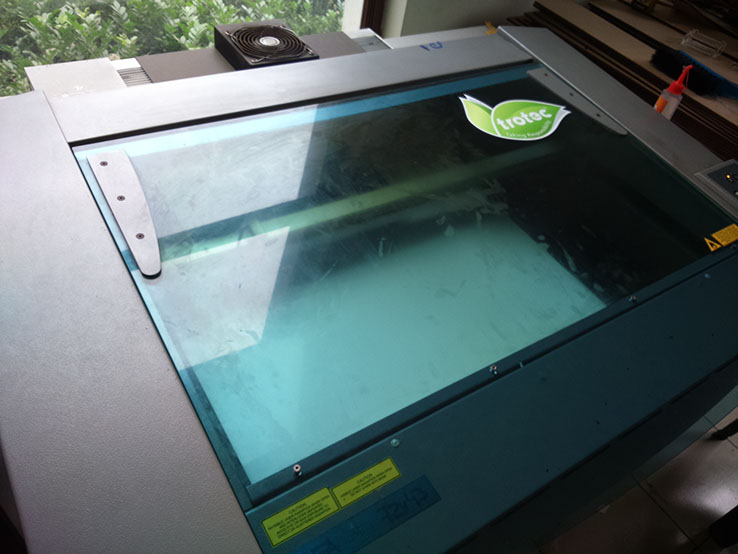
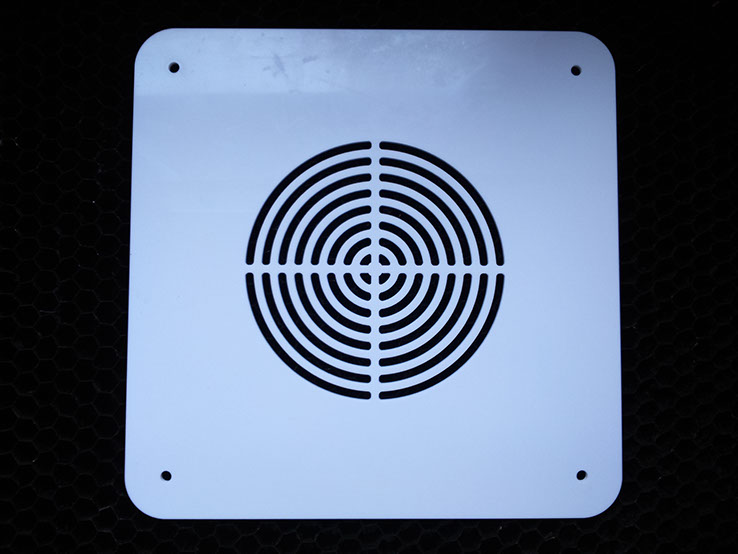
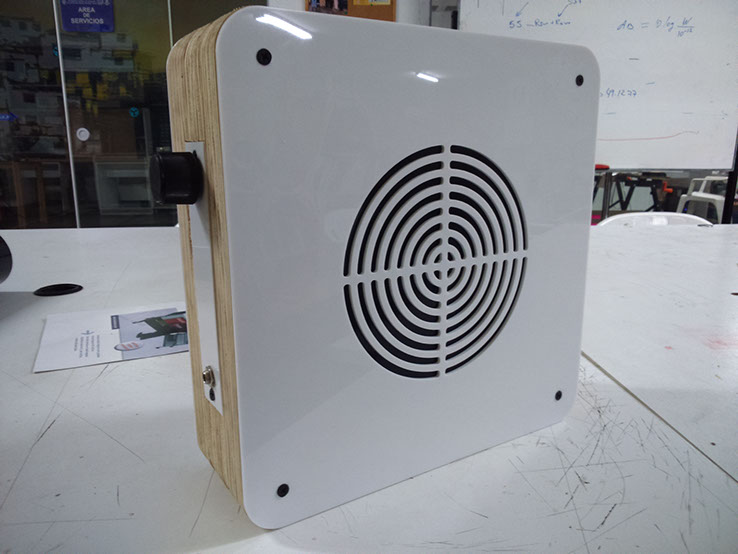
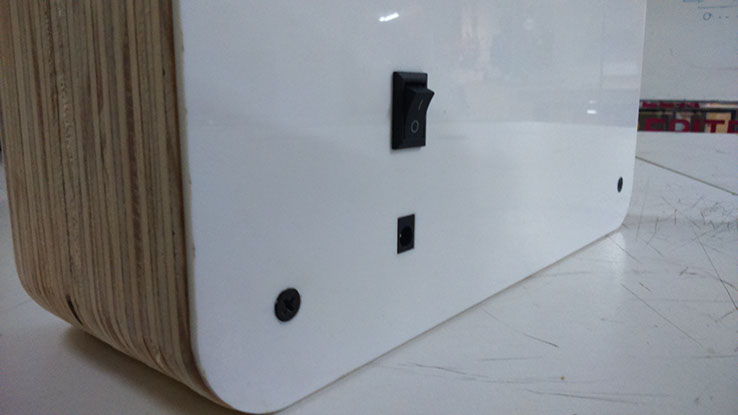
The Sound Processor
The audio processor consists of a hard shell made of 4 pieces of plywood of 9mm thick glued as the amplifier, these were cut into Shopbot, it also has two caps acrylic 3 mm thick and a mask knob volume and audio inputs and outputs.
The electronics consists of a modified fabduino to which was added a LM358 OpAmp which amplifies the captured signals by the piezo in order to map ranges vibration with sounds emitted, the program was made in Arduino platform based on Knock sensor.
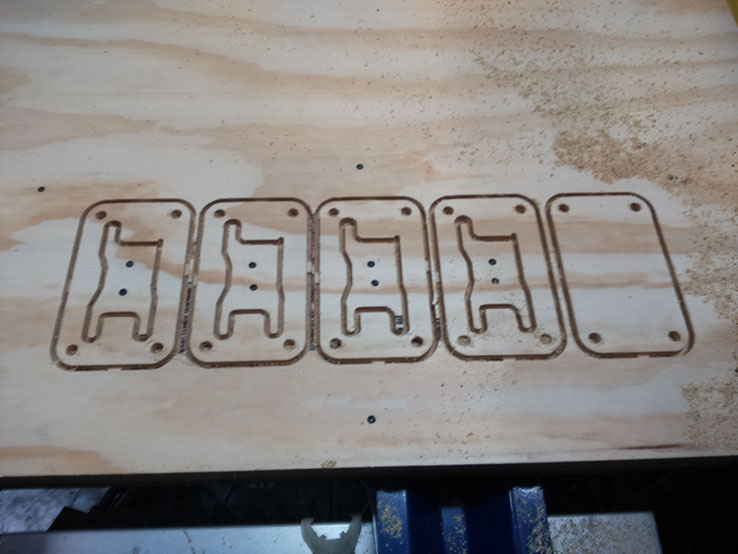
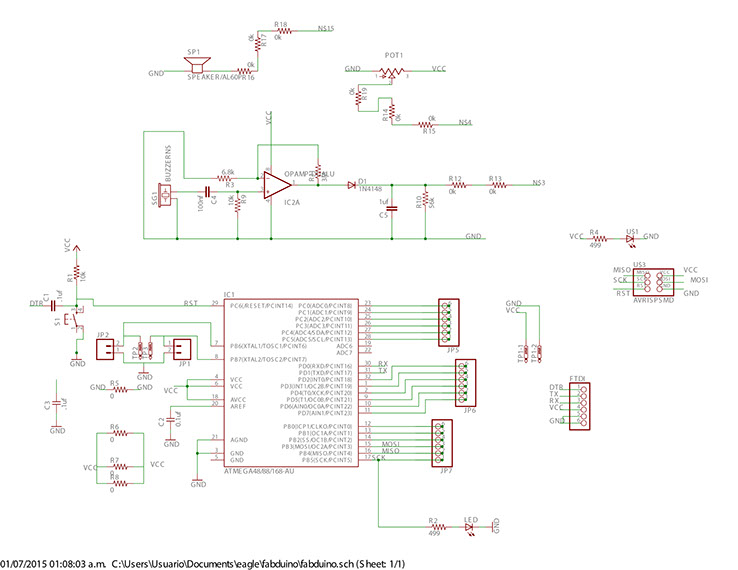
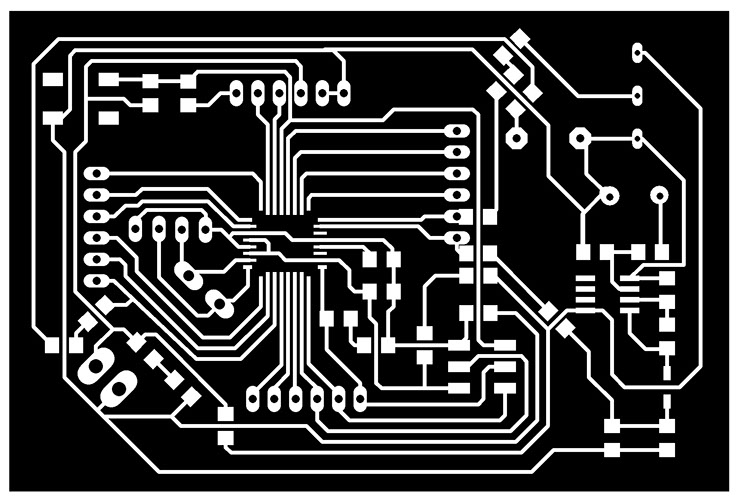
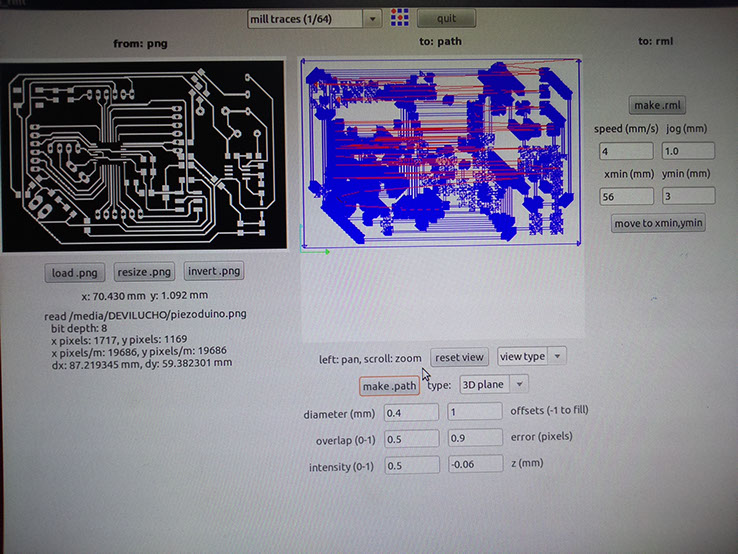

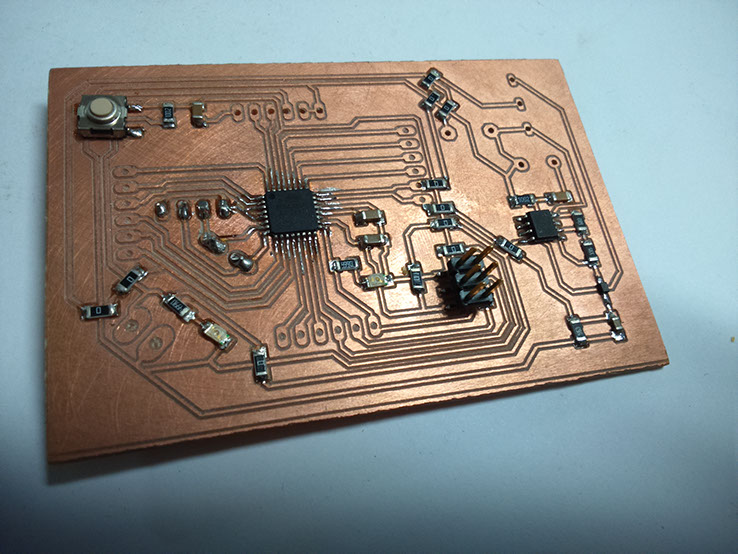
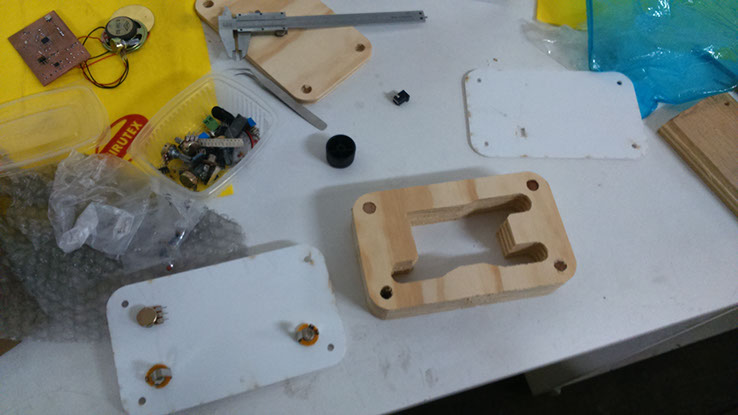
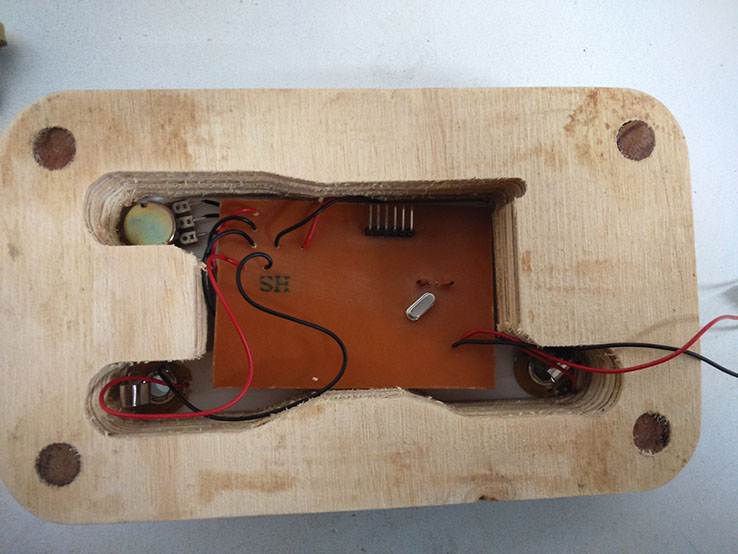

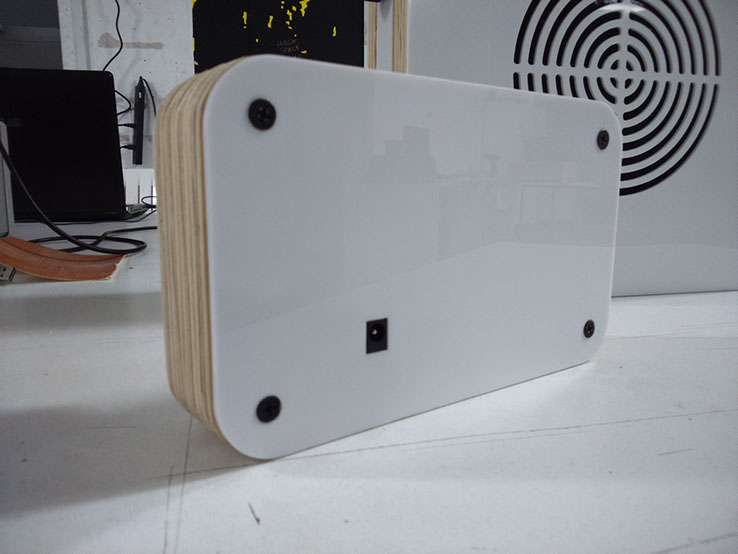
The code
int datoRead, datoWrite=0;
int pot = A1; // pot is on pin analog 2
int val; // place to store value from pot
void setup() {
val = analogRead(pot); // reads the value from the pot
Serial.begin(9600);
pinMode(7, OUTPUT);
}
void loop() {
val = analogRead(pot); // reads the value from the pot
datoRead = analogRead(A0);//declara el pin de entrada
datoWrite= map(datoRead,0,680,100,1500); //mapeodel rango de la señal con el rango de tonos
Serial.println(datoRead);//monitoreo de datos de entrada
if (datoRead>10){//condición
tone(7,datoWrite);}//entonces emite tono
if (datoRead>390){//condición
delay(val);//entonces el tono dura este tiempo
}
noTone(7);//si la señal es menor a 10 no hay tono
}
Piezo Case
The housing for the piezo has a process very similar to the rest of manufacturing components, this time toolpaths were used in Shopbot to generate cavities where audio cables enter for the output and pressure nuts to generate the clamp effect.
